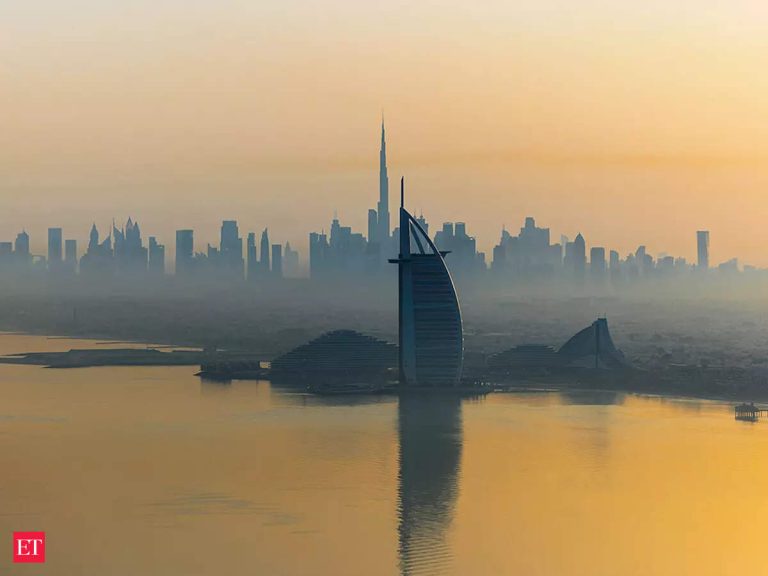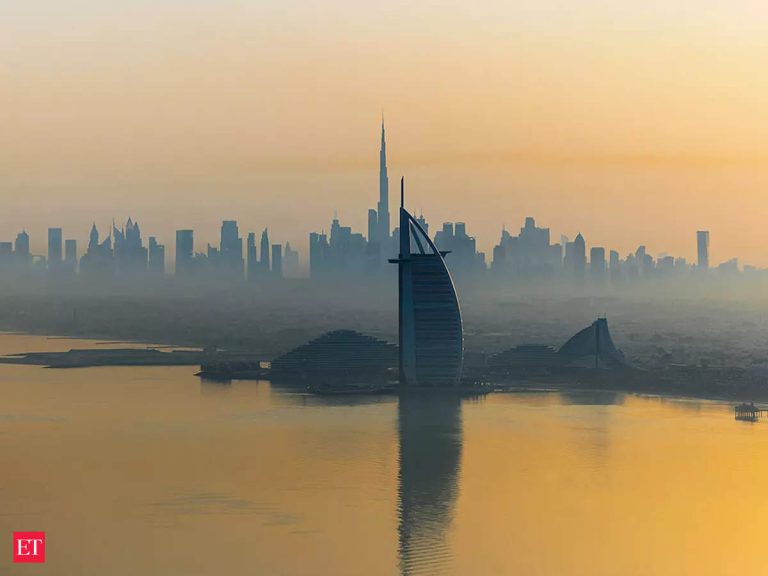Urban Green Spaces: The Future of Outdoor Living in European Cities by 2025
Urban Green Spaces are the future of outdoor living in European cities by 2025. As the world becomes increasingly urbanized, the importance of green spaces in cities cannot be overstated. These areas provide a range of benefits, from mitigating the urban heat island effect to promoting physical activity and mental well-being.
Introduction to Urban Green Spaces
Urban green spaces are areas of greenery within cities, such as parks, gardens, and green roofs. They can be found in a variety of locations, from city centers to residential neighborhoods. These spaces are often designed to provide recreational areas for residents, as well as to mitigate the effects of urbanization on the environment.
Benefits of Urban Green Spaces
The benefits of urban green spaces are numerous. Some of the most significant advantages include:
- Improved air quality: Green spaces can help to remove pollutants from the air, improving the overall air quality in cities.
- Reduced urban heat island effect: The urban heat island effect occurs when built-up areas absorb and retain heat, causing temperatures to rise. Green spaces can help to mitigate this effect by providing shade and cooling the air through evapotranspiration.
- Increased physical activity: Green spaces provide areas for recreation and physical activity, which can help to improve overall health and well-being.
- Improved mental health: Spending time in green spaces has been shown to have a positive impact on mental health, reducing stress and anxiety.
European Cities and Urban Green Spaces
European cities are at the forefront of urban green space development. Many cities are incorporating green spaces into their urban planning, recognizing the importance of these areas for the health and well-being of residents. Some of the most notable examples of urban green spaces in European cities include:
- London’s Hyde Park: One of the largest urban parks in Europe, Hyde Park provides a range of recreational activities, including boating, cycling, and walking.
- Paris’s Luxembourg Gardens: These beautiful gardens provide a peaceful oasis in the heart of the city, with fountains, statues, and plenty of greenery.
- Berlin’s Tiergarten: This large urban park is home to several lakes, gardens, and walking trails, making it a popular destination for both locals and tourists.
Future of Urban Green Spaces in European Cities by 2025
By 2025, urban green spaces will play an even more crucial role in shaping the future of outdoor living in European cities. As cities continue to grow and urbanize, the need for green spaces will only increase. Some of the trends that are likely to shape the future of urban green spaces include:
- Increase in green roofs and walls: Green roofs and walls are becoming increasingly popular, as they provide additional green space in areas where traditional parks and gardens may not be possible.
- Greater emphasis on sustainability: Urban green spaces will be designed with sustainability in mind, incorporating features such as rainwater harvesting and greywater reuse.
- More community engagement: Urban green spaces will be designed to encourage community engagement and participation, with features such as community gardens and public art installations.






